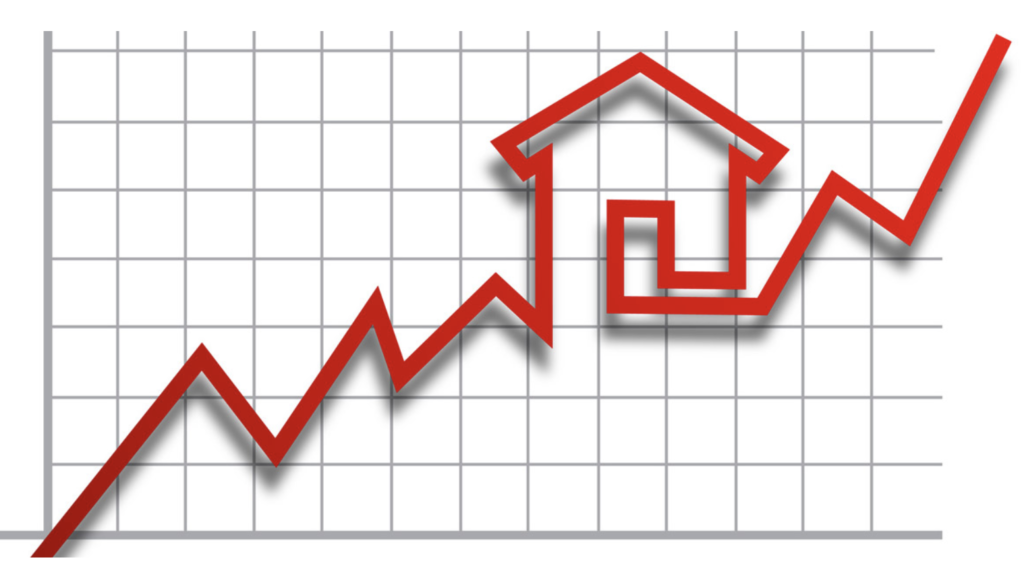In a stark reversal from the frenzied buying spree prompted by the pandemic, Florida and Texas are now grappling with an excess of housing inventory. This shift comes as buyer demand dwindles, leaving many properties languishing on the market.

Florida: A Surge in Listings and Insurance Woes
Florida, particularly Cape Coral and North Port, has witnessed a dramatic increase in home listings. According to recent data from Redfin, these areas saw a near 50% surge in properties for sale as of March, compared to the previous year. This influx has not been met with corresponding buyer interest, leading to a significant number of unsold homes.
Eric Auciello, a Redfin sales manager, notes, “Two years ago, the North Port metro was one of the most competitive housing markets in the country due to its affordability for remote workers and a shortage of homes. Today, these conditions have changed, and the market is less appealing to both out-of-state and local buyers.”
BREAKING: Fannie Mae says US housing market is headed for the largest sales slowdown since 2011.
According to Fannie Mae, a government sponsored mortgage company, total home sales this year will fall to 4.8 million.
This is, by far, the lowest since 2011 and not expected to… pic.twitter.com/ggob3DF03d
— The Kobeissi Letter (@KobeissiLetter) September 20, 2023
Adding to the state’s challenges is a burgeoning insurance crisis, exacerbated by rising costs and shifting coverage. Close to 75% of homeowners in Florida have reported increases in their insurance expenses, a trend that is making homeownership less accessible, particularly for blue-collar workers and those on tighter budgets.

Texas Experiences Similar Trends
The situation is mirrored in Texas, with areas like McAllen seeing a 25% jump in the number of homes for sale. The state has been aggressively developing new properties to accommodate an influx of residents during the pandemic, but as demand shifts, these homes are not selling as expected.
Like Florida, Texas is seeing a trend where sellers are increasingly likely to reduce their asking prices in hopes of attracting buyers. Among the top ten metropolitan areas for price cuts, seven are in these two states, indicating a broader trend of cooling in the housing market.
Impact of High Mortgage Rates
The broader U.S. housing market is also feeling the pinch from persistently high mortgage rates, currently hovering around 7%. This has discouraged many homeowners from upgrading to better homes, further stagnating the market. In March, new listings across the nation dropped by 6%, the most significant decline since January 2022.

Outlook for the Future
As these states navigate their surplus housing issues amid changing economic conditions, the real estate landscape continues to evolve. Both Florida and Texas must address these challenges head-on to stabilize their markets and attract new waves of buyers seeking value in an increasingly complex market environment.
This real estate shift provides a stark reminder of the volatile nature of housing markets and the rapid changes that can occur, underscoring the importance for both buyers and sellers to stay informed and agile in their real estate decisions.










